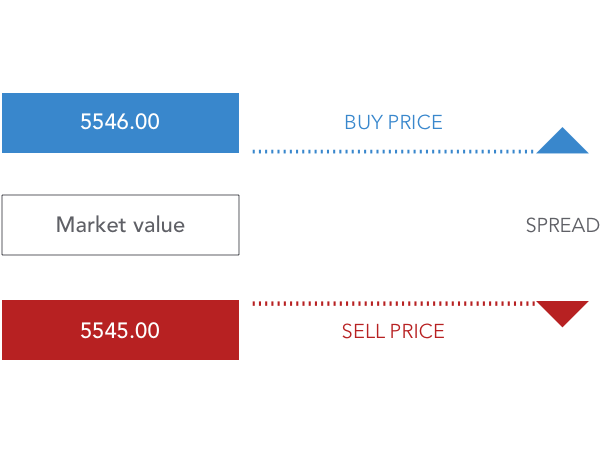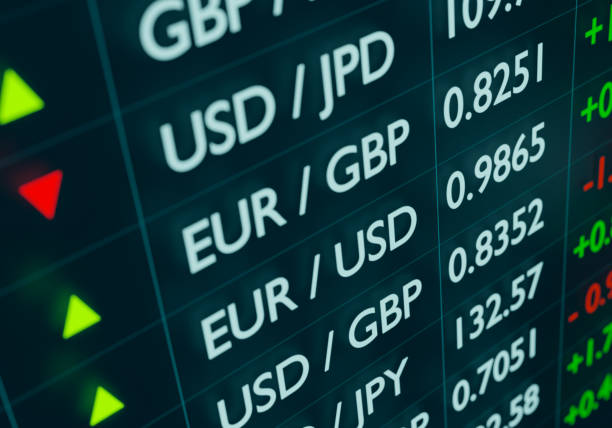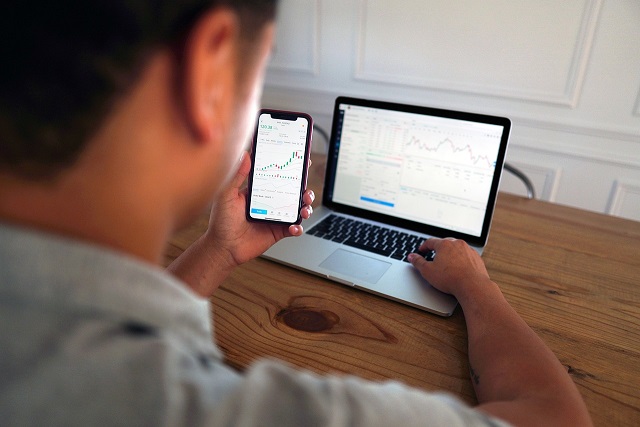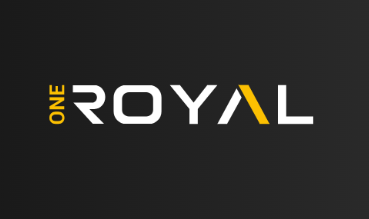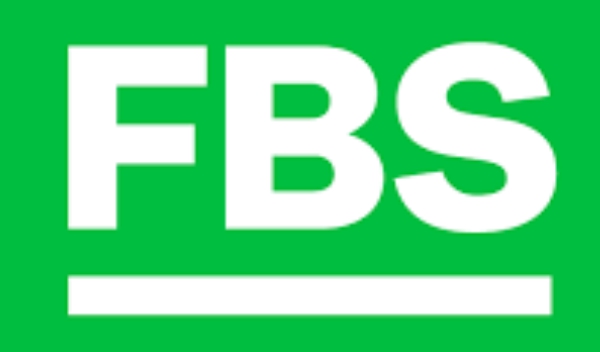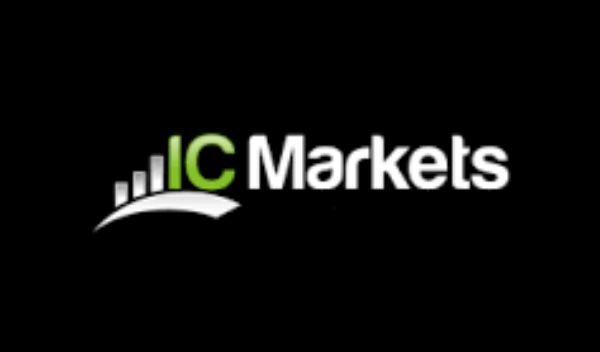What exactly is CFD trading?
Contracts for difference (CFDs) are a type of derivative trading. These Contracts for Difference allow you to profit from price movements in financial instruments without owning the underlying asset.
In a Nutshell: CFD Trading
You’ve come to the right place if you’ve ever wondered what CFD trading is all about. Contracts for Difference (CFDs) are a type of financial instrument. These financial derivatives enable you to open positions on a wide range of assets without actually owning them. CFDs reflect the price movements of the assets in question, but they do not grant ownership rights to the assets themselves. Because the price of a CFD is derived from the price of the underlying asset, they are derivatives.
As a trader or investor, you can easily open a position in a CFD format on forex, commodities, indices, stocks, or other financial instruments. CFDs can be traded in both rising and falling markets, regardless of the asset’s current price. CFDs are considered to be short-term financial instruments. They are volatile and dangerous. CFDs provide traders with two options at any given time. You can either buy or sell the CFD. If you buy the CFD, you are taking a bullish position, expecting the price to rise in the future. If you choose to sell the CFD, you are taking a bearish position, expecting the price to fall in the future.
A concrete example will help to put things into context. Let’s say you want to trade gold CFDs. Assume the current price of gold is $1813 per ounce, and you believe that current market volatility will lead to an increase in gold price. In this case, you purchase the gold CFD with the expectation that the price will rise by the time you sell it. This is referred to as going long. If your research leads you to believe that stocks will rise while gold prices will fall, you will sell gold CFDs. This means you anticipate a decrease in the price of gold. The closing price determines whether your trade ends in the black or in the red. There are two possible outcomes:
If you buy gold CFDs and the price rises before closing the position, your profit is calculated as follows: (The price increase multiplied by the position size) – (broker fees, commissions, and charges). If you purchase gold CFDs and the price falls when you close the position, you will lose money.
If you sell gold CFDs and the price increases when you close the position, you will incur a loss. If the price falls after you close the position, your profit is calculated as follows: (The price difference multiplied by the position size) – (broker fees, commissions, and charges).
The spread is how CFD brokers make their money. When you open a CFD, this is the difference between the buy and sell prices on assets.
CFD Markets That Are Popular
CFD markets, as you are aware, are widely available. CFDs can be used to trade almost any financial instrument. Currency pairs, commodities, indices, and stocks are all examples. CFDs can cover thousands of markets, with the size and scope varying depending on the broker you choose. Among other things, you could trade Alibaba stock, the S&P 500 index, the NASDAQ composite index, gold, Brent crude oil, and the GBP/USD currency pair. Contracts for Difference provide numerous options.
As a trader, you can use a wide range of indicators for comparison, trend analysis, and price direction analysis. Consider a few key technical indicators that traders employ in their daily trading routines.
Bollinger Bands – Bollinger Bands are extremely useful technical indicators that are great for revealing volatility in the financial instrument. Upper bands, lower bands, and simple moving average bands are all available. When prices approach and exceed the upper band, the market is overbought (breakouts). When prices move towards and then exceed the lower band (breakouts), the market is oversold. Expect a price rebalancing. Volatility is low when prices remain close to the simple moving average band.
MACD stands for Moving Average Convergence. Divergence is defined as the difference between two moving averages. The market will most likely reverse when the moving averages converge. When the moving averages begin to diverge, the market begins to slow.
There are numerous technical indicators that can be used to supplement your daily CFD trading activity. SMAs (simple moving averages), EMAs (exponential moving averages), Ichimoku Cloud, Relative Strength Index (RSIs), and many others are examples. Each of them serves a specific purpose and has a specific application in the financial markets.
How to Trade CFDs on Stocks
Stock prices are determined by a variety of factors, such as demand and supply considerations, macroeconomic variables, geopolitical events, company financials, and so on. A thorough examination of the stock in question, as well as the economy and various economic indicators, provides traders and investors with useful information. Stocks are priced using technical and fundamental analysis to determine whether they are overpriced, underpriced, or priced correctly.
For trading purposes, it’s a good idea to start with the company’s financial reports. Dividends, strategic growth plans, market capitalization, and expert analysis (upgrades, downgrades, valuations) can all provide traders with useful market information. By combining this data, it is possible to speculate on the future price of stocks. Stock prices can rise if financial performance exceeds expectations. Stock prices may fall if financial performance falls short of expectations.
Stock CFD Trading Suggestions
Consider the following when evaluating potential price movements in stock CFDs:
- Dividend Yield on Gross Sales
- The debt-to-equity ratio
- Return on Equity (ROE) (ROE)
- Earnings Per Share (EPS) (EPS)
- Return on Capital Total Shareholder Return (ROC)
- Price to Earnings Ratio (P/E)
- Dividend Payout Ratio (DPR)
The Advantages of Trading CFDs
CFDs are high-risk financial instruments. Leverage is used in these Contracts for Difference to increase the trading power of your capital. The greater the leverage, the higher the risk. CFDs allow you to multiply your profits when trades end profitably, but they also allow you to multiply your losses when they don’t. Fortunately, there are many benefits to trading CFDs, notably:
- Traditional stocks, commodities, indices, and other assets require traders to post all of the money for the trade upfront. Traders are only required to put up a percentage of the total trade value when using leveraged products. Leverage allows you to open positions that are much larger than your available capital. When trades are profitable, this can work in your favor. The inverse is also true.
It is critical to learn as much as possible about macroeconomic variables that influence market prices. The more you learn, the better your trading decisions will be.
Fortunately, CFD brokers recognize that traders do not want to lose more than the amount of money in their accounts. That is why negative balance protection is used. This keeps you from falling into a negative balance if trades do not close out favorably. You can also determine the amount of leverage you feel comfortable with, and limit yourself to those amounts. This is referred to as a risk-mitigation strategy.
The ability to trade in rising or falling markets is one of the most exciting features of leveraged products such as CFDs. Traditional stocks require the asset price to rise in order for profits to be generated. However, with CFDs, you can profit from shorting stocks, commodities, indices, or forex. When you short CFDs, you sell the CFD up front and then buy it back at a lower price later (provided the CFD closes at a lower price).
Hedging is a lesser-known advantage of CFD trading. If you have a position in traditional investments and expect the price to fall, you can use a CFD on the same financial instrument to hedge against the price drop. For example, if you own gold stocks and anticipate a drop in the gold price, a short sell gold CFD could work in your favor!
Ready to get started? For all of these reasons, CFD trading may be worthwhile to consider.

